Charles Wiener was an Austrian-French explorer, scientist, and philosopher, born in Vienna in 1851, who became obsessed with Peru during his lifetime.
He was part of the first group to attempt the climb up the highest peak on Illimani mountain in Bolivia but only made it to the southeastern peak, and he also almost rediscovered Machu Picchu.
Wiener entered the intellectual circles around him after publishing a small piece of work in the area of linguistics in 1873. He got his Ph.D. degree in the field of philosophy at the University of Rostock. Later, he moved to Paris where he taught German. In Paris, his Ph.D. dissertation was edited with the title “Essai sur les Institutions politiques, religieuses, économiques et sociales de l´Empire des Incas”, (“Essay on the political, religious, economic and social institutions of the Empire of the Incas”), Paris, 1874. During his research, Wiener contacted a lot of students of Mesoamerican antiquity.
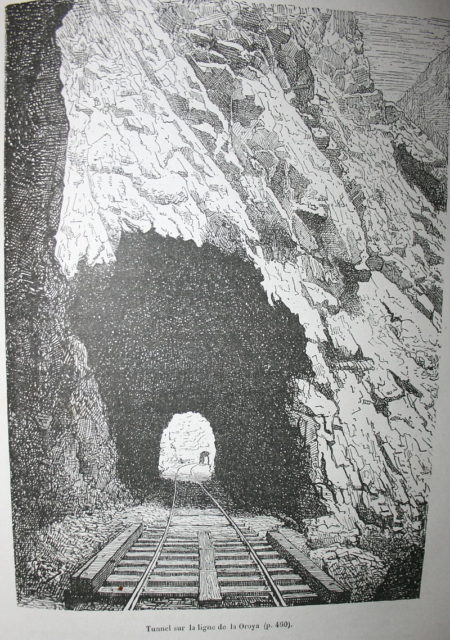
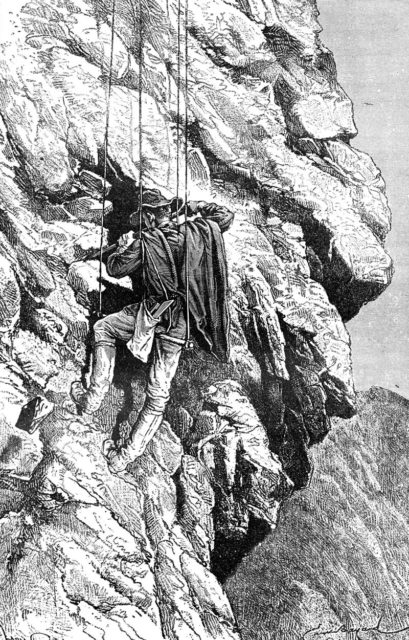
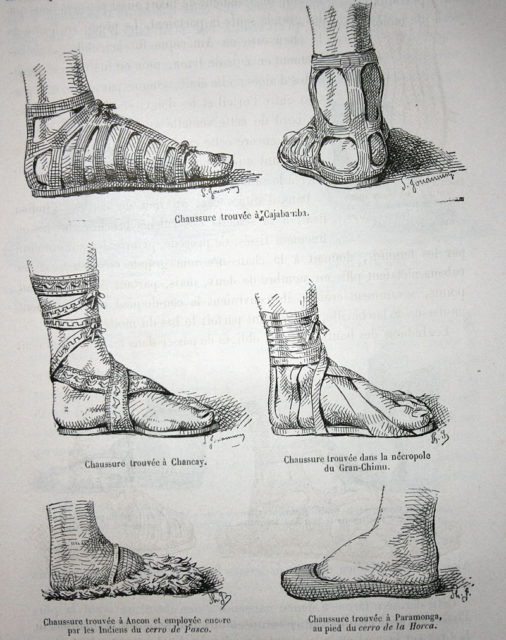
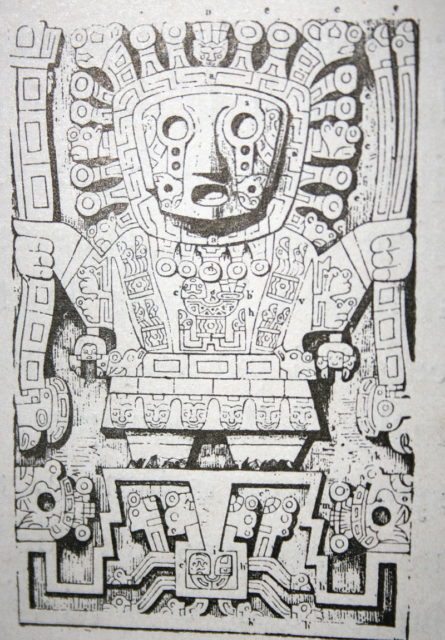
In 1875, Weiner arrived in Peru, a few years after his fellow explorer Herman Göhring. He went to Ollantaytambo, where the locals told him stories about undiscovered, ancient Inca towns. They told him about towns at “Huainan-Picchu” and “Matcho Picchu,” but unfortunately, Wiener didn’t manage to visit them. On his return back home, he wrote an account of his travels called “Peru and Bolivia”, published in Paris, in 1880.
Wiener traveled from Ollantaytambo up over the Panticalla Pass and arrived at the bridge crossing of Chuquichaca, at the Urubamba River. In his book, this unlucky explorer made a detailed map of Urubamba Valley. His map of “Vallee de Santa-Ana” contains two peaks which Wiener marked as Matcho Picchu and Huyanapicchu. But he had placed them incorrectly, with “Huayna Picchu” marked south of “Matcho Picchu,” both on the east side of the Urubamba river.
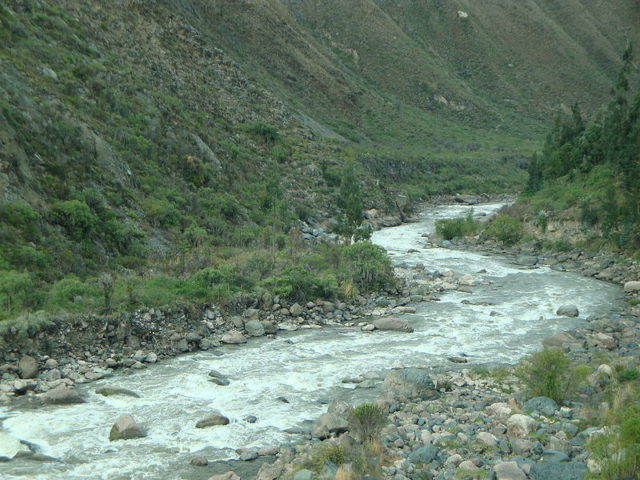
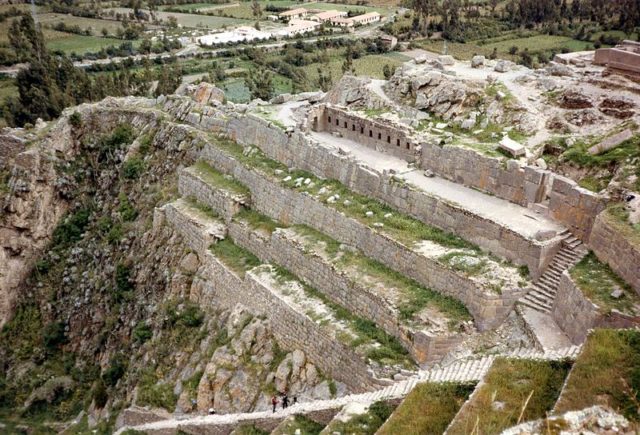




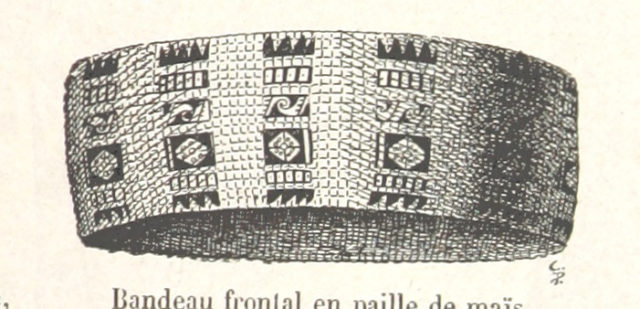
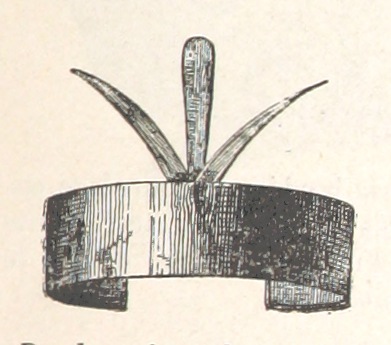
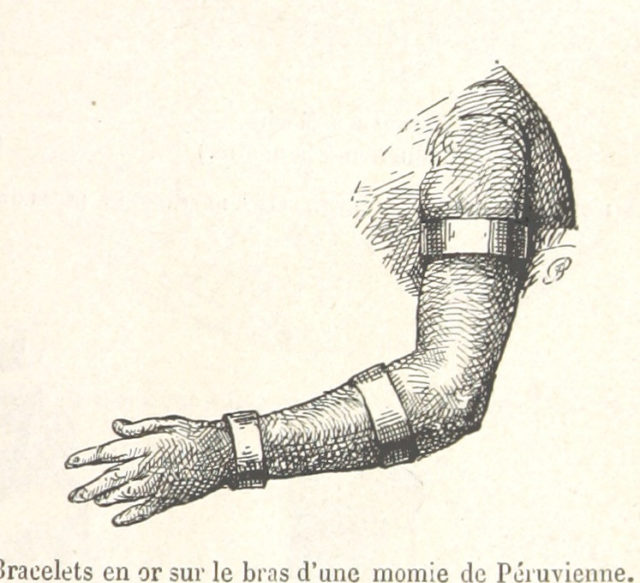
In 1877, Weiner’s map was published by the Societe de Geographie in Paris, three years before the publication of his book. Even though he wasn’t lucky enough to reach the Lost Inca town, the accounts of his travels in the Urubamba Valley were certainly helpful to Hiram Bingham, the ultimate re-discoverer of Machu Picchu. It was easy for Bingham to relate the readings of the book with a place called Huayna Picchu which he learned of by a Cuzqueño, who told him that he had seen “ruins ‘finer than Choquequirao” there.
Wiener is the character of the Frenchman in the novel, “The Storyteller” by Mario Vargas Llosa, who followed his account of his coming across “two Machiguenga corpses, ritually abandoned in the river”.
